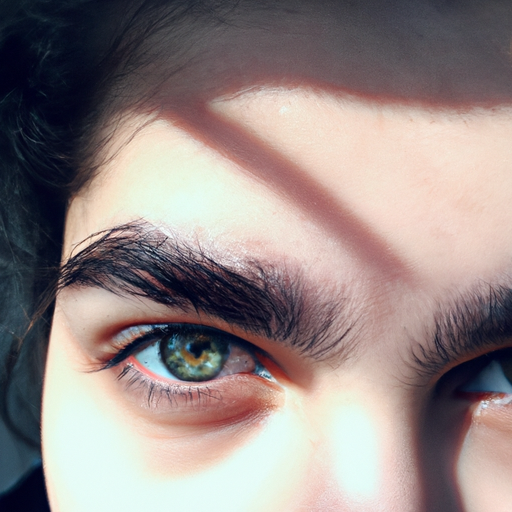As a medical professional, I often encounter patients who are troubled by the appearance of dark circles under their eyes. These shadows can make individuals look tired or older than they are, and can significantly affect their self-esteem. However, it’s important to understand that under-eye dark circles are a common condition, affecting people of all ages, genders, and ethnicities. The good news is that there are several effective strategies for treating this condition.
Firstly, it’s crucial to understand the causes of under-eye dark circles. They can be attributed to a variety of factors including genetics, aging, lack of sleep, stress, dehydration, and certain lifestyle habits such as smoking and excessive alcohol consumption. In some cases, they may also be indicative of underlying health issues like allergies or liver disease.
One of the simplest ways to reduce the appearance of dark circles is by getting adequate sleep. Lack of sleep can cause your skin to appear paler, making dark circles more noticeable. Aim for seven to nine hours of sleep per night and try to maintain a regular sleep schedule.
Hydration is another key factor in reducing under-eye shadows. When your body is not receiving the proper amount of water, the skin beneath your eyes begins to look dull and your eyes look sunken. This is due to their close proximity to the underlying bone. Drinking at least eight glasses of water a day can help keep your skin hydrated and healthy.
A healthy diet can also play a significant role in managing under-eye dark circles. Foods rich in vitamins A, C, and E, as well as antioxidants, can help to nourish your skin from within. Incorporating foods like oranges, papaya, berries, green leafy veggies, nuts, seeds, and oily fish into your diet can help improve the health of your skin.
Topical treatments can also be effective in reducing under-eye shadows. Creams and serums containing ingredients like retinol, vitamin C, and hyaluronic acid can help to brighten the skin and reduce pigmentation. Always remember to apply these products gently to avoid damaging the delicate skin under the eyes.
In some cases, medical treatments may be necessary to treat persistent dark circles. Treatments such as chemical peels, laser therapy, and fillers can help to reduce the appearance of dark circles. It’s important to consult with a dermatologist or a cosmetic surgeon to discuss these options.
Lastly, lifestyle modifications can significantly impact the appearance of under-eye circles. Limiting alcohol consumption, quitting smoking, and reducing stress can all contribute to healthier skin.
In conclusion, while under-eye dark circles can be a cause for concern, they are treatable. A combination of good sleep, adequate hydration, a healthy diet, topical treatments, potential medical interventions, and lifestyle changes can help banish these shadows. However, it’s important to remember that everyone’s skin is unique, and what works for one person may not work for another. Therefore, it’s always best to consult with a healthcare professional for personalized advice.



